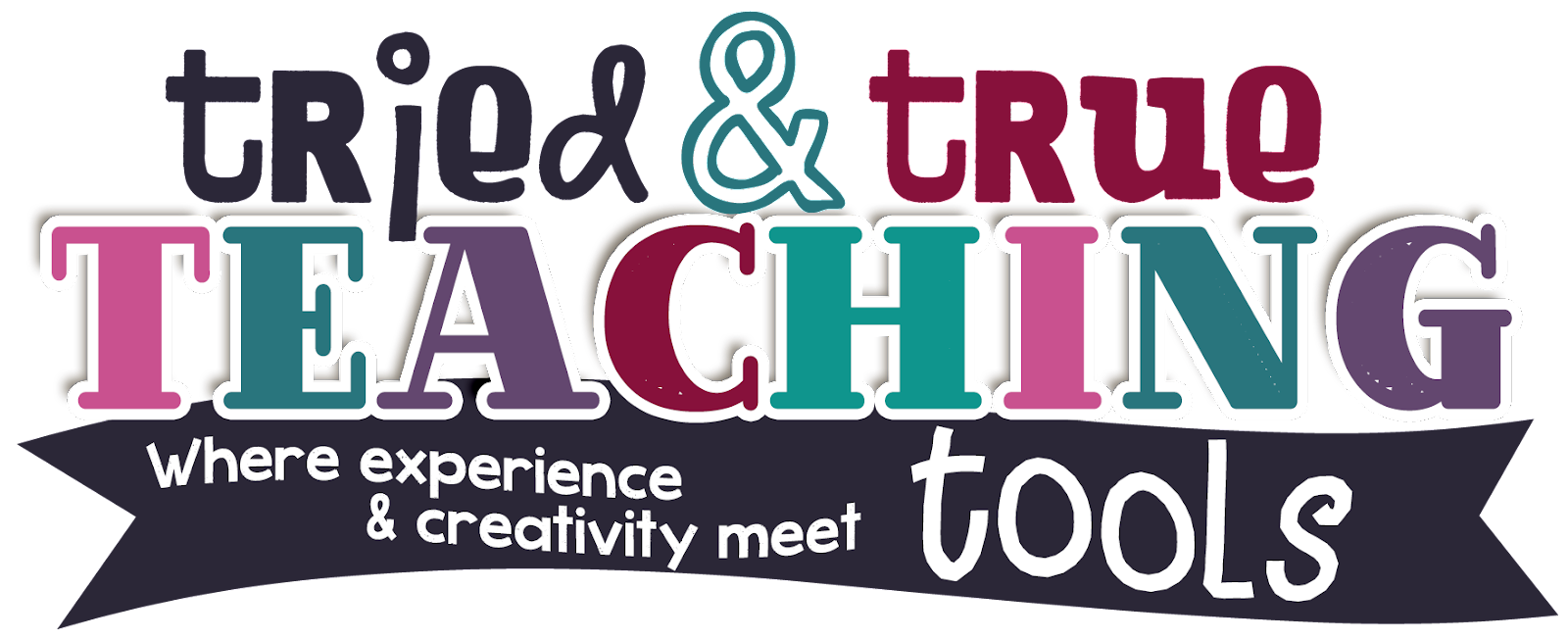Welcome to our last week of Making Thinking Visible!! This has been a powerful book and the gears in my head have been churning with ideas for implementation. If you missed a week, no worries, you can catch up here:
Week 1: Unpacking Thinking
Week 2: Putting Thinking at the Center
I truly appreciated this final chapter, which dealt with the "real classroom" use of Thinking Routines. It highlighted not only the successes, but teachers' challenges with implementation. One teacher shared his frustration with student responses not being as deep as he had envisioned. However, once he brought student samples to his weekly study group and they analyzed responses in depth, they DID see evidence of more meaningful thinking. The key is to "provide models of appropriate responses accompanied by the expectation that students will go beyond the superficial and obvious." (p. 252) As teachers, we must be explicit in our modeling and teaching so students understand what thinking sounds like and looks like! We really will have to be clear and know exactly what "extend" means and what we teachers are expecting. He also moved away from using a worksheet to "show" thinking because students viewed it as another classroom task (versus a chance to show thinking).Another teacher has chosen to use See-Think-Wonder with her history students. By consistently asking "Why", and having students justify their thinking, longer discussions are expected in her classes. The most significant change in using Thinking Routines has been the way in which this teacher views her students. In the past, she often judged students based on work output or traditional comprehension skills; Thinking Routines gave many of the more quiet students a way to structure, understand, and reflect on their own thoughts.
Last bits of advice:
Special of the Day
Pick one Thinking Routine to implement well. Although tempting to do so, do not try to roll out routine after routine. Consider the type of thinking a given situation calls for, rather than just doing a Thinking Routine for the routine's sake. (p. 268)
The "To Kill a Mockingbird" Syndrome
Choose content that lends itself well to particular thinking routines (see the charts in Chapters 4-6). The authors caution against playing the "Guess and See If You're Right" game; don't make your choice of visual or reading too obvious. Make intentional choices about what content to use!
Death by Worksheet
Creating worksheets to "show" that we teachers are teaching is unnecessary! The authors write, "The reason we haven't provided worksheets is that the routines are designed to foster engagement and discussion around the content. . .there is a big difference between a recording sheet and a worksheet. Recording sheets are for learners to track their ideas so they can refer back to them. . . In contrast, a worksheet is something to be filled in for the teacher. It then becomes the goal rather than the thinking." (p. 271) This is definitely an area I am already anticipating needing to focus on!!
From Episodes to Arcs
This is the struggle in using Thinking Routines: to weave together a storyline of learning (as it ideally ought to be), rather than isolated activities. The goal is for students to see the big ideas throughout various topics, rather than unrelated lessons.
To help with my own planning, I created a mini-set of Thinking Routines and which skills they relate to. You can grab your copy here!
I hope you've enjoyed reading this book as much as I have! There was so much information to ponder but I'm getting excited as I plan for back to school!! I'll update you throughout the year, as I implement a few of these Thinking Routines with my real students! :) Which routines are you going to try this year?



No comments
Post a Comment